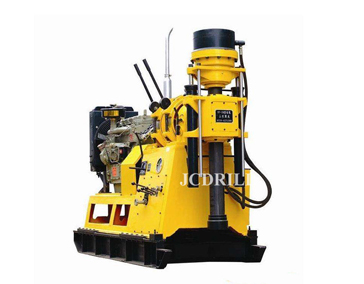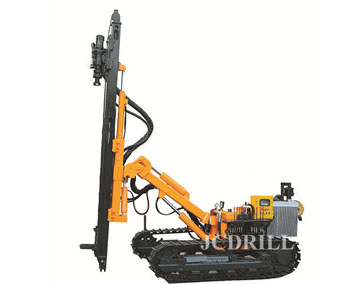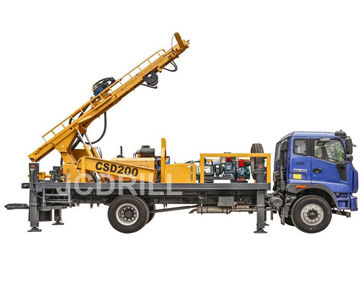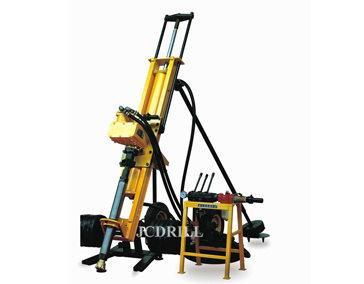Dec. 12, 24
There are many types of offshore platforms used for oil and gas drilling and exploration. Some of these are fixed to the seabed and others are floating platforms or vessels. Each is designed for a different water depth and purpose. Some floating production systems may include storage or refining facilities and employ hundreds of marine workers.
There are 5 main types of rigs, each with several unique variations.
 #1 Barge rigs
#1 Barge rigsBarge rigs work in shallower waters, usually less than 20 feet deep. After floating to the drilling site, the hull rests on the sea floor, creating a stable platform for drilling. Many barge rigs operate in the Gulf of Mexico and around the world.
For waters too deep for a barge but less than 50-70 feet deep, a diving rig can be used.
The column or pillar is submerged and filled to a specific level that determines its depth. The drilling equipment on the platform above drives the floating drilling unit below.
 #3 Jack-up rigs
#3 Jack-up rigsAs we move into deeper water, the mobile platform known as the 'jack-up' rig comes into play. It gets its name from the fact that it can be moved directly into position to drill or pump oil. The rig can raise (jack up) itself from the seabed to hold it in place. Jack-up rigs are ideal for shallow water areas of 400 feet or less.
There are two types of jack-up rigs.
Cantilever jack-ups, where the drilling derrick is mounted on an extension arm
Keyway or slot jack-up rigs with a drilling unit above the borehole on the platform
Platform Rigs Many offshore oil rigs are anchored platforms. They use a steel frame fixed to the seabed as the base for the surface rig, equipment and living quarters. From this base platforms can be drilled in several directions and they are broken down into specific types suitable for different depths.
 Fixed platforms
Fixed platformsFixed platforms are made of steel or concrete and are intended to be permanent structures. They have large facilities, heavy equipment and large crews. Most are located on the continental shelf at depths of up to 1700 feet.
They can be directionally drilled to a radius of up to five miles. The platforms are held in place by large steel or concrete legs attached to the seabed.
When oil or gas is deeper, from 1500 feet to 4900 feet, compliance towers can be used. These structures are made of concrete and steel and are tall and narrow. They are designed to bend and sway with the wind and waves.
Up to 3000 feet high they are firmly attached to the seabed, but for deeper depths tension leg platforms can be used. These towers are technically floating platforms, held in place by a series of anchors and cables. They are both fixed and floating and can reach depths of up to 7,000 feet.

Floating rigs or floats are in very deep water and it is impractical to connect an offshore rig to the seabed. Floating oil rigs are kept in place by anchors or dynamic positioning systems that keep them above their targets. Several types of floats are used in different deepwater drilling locations around the world.
For deeper waters up to 12,000 feet, the preferred method of exploration and drilling is to use semi-submersibles or drillships. Semi-submersible working decks float on the surface of the water while the vast majority of their mass is submerged to help stabilise the platforms and hold them in place. As a result, the decks are quite stable and ideal for drilling in rough waters at depths of 3,000-10,000 feet. However, semi-submersible equipment is not easily moved.
Two well-known types of semi-submersible drilling platforms include
Starfish Platforms, which use flexible steel legs rather than anchors, usually in less than 3,500 feet of water.
Spar Platforms, which sit on a hollow cylinder that is suspended at a depth of approximately 700 feet below the surface. This stabilises the platform and allows drilling to depths of up to 10,000 feet.
For new exploration and the drilling and capping of new wells, a drillship is often used. Drillships mount the drilling equipment directly on the deck, usually in the middle of the deck. The wells pass through the "moon pool", an opening in the centre of the ship. They are kept in place by dynamic positioning.